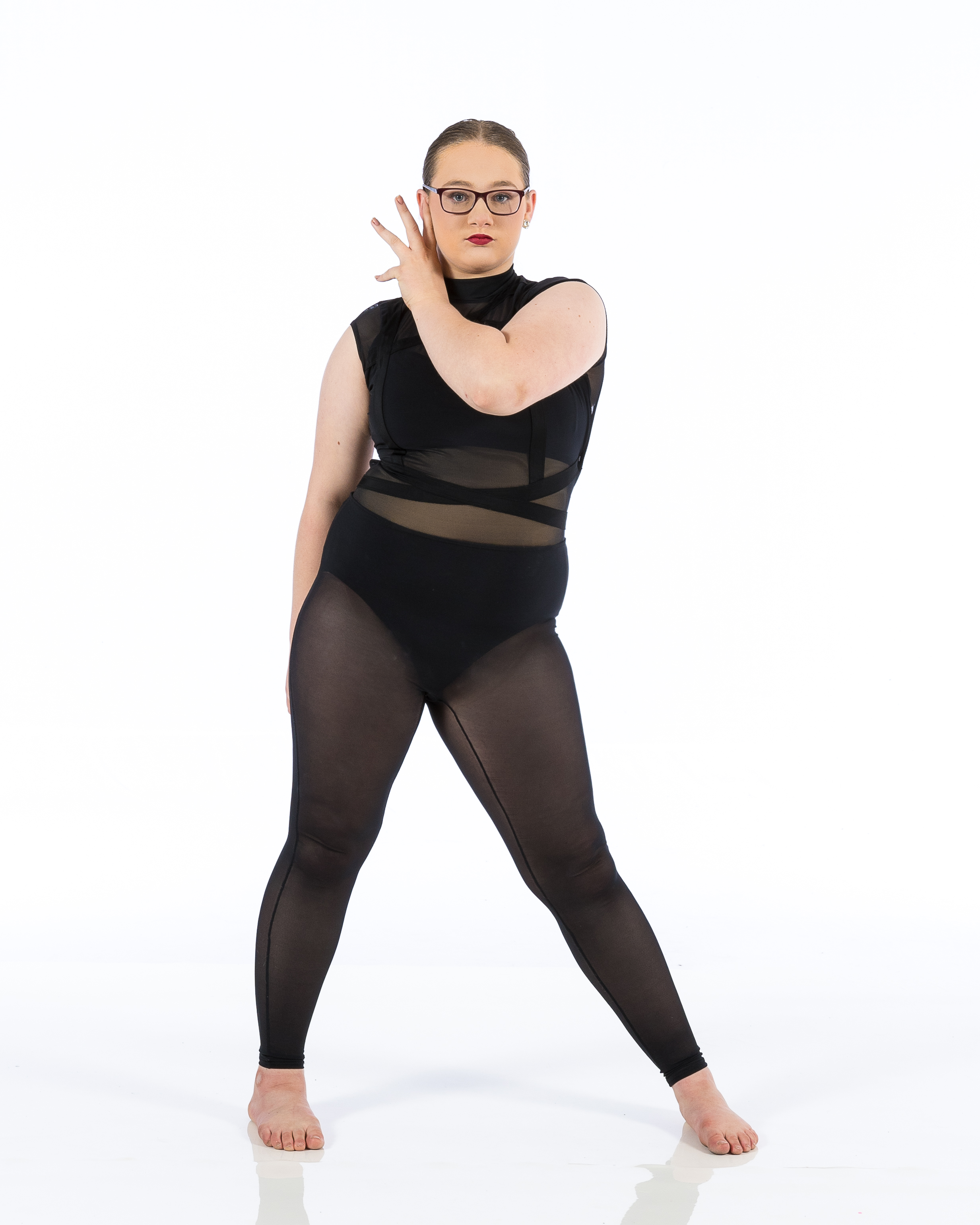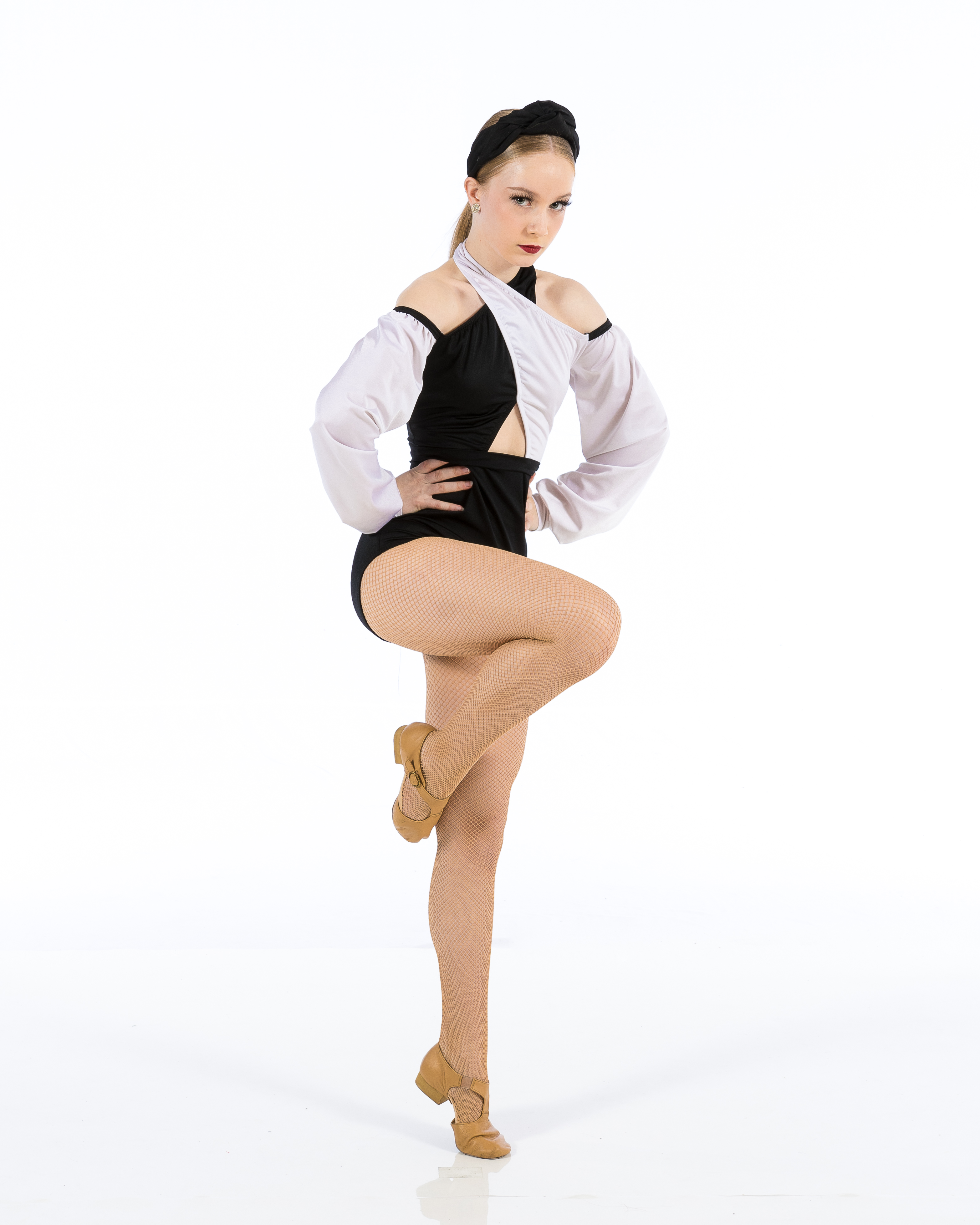Introduction
In a world where technology often sidelines physical activity, dance emerges as a beacon of creativity and joy for children. Dancing with Purpose: Benefits of Structured Classes For Kids is not just a catchy phrase; it encapsulates an approach that transcends mere movement. Structured dance classes provide Dance Styles in Newberg Doty Performance an array of benefits that nurture a child's body, mind, and spirit. From fostering social skills to enhancing physical fitness, the advantages are numerous and far-reaching.
But what exactly does structured dancing entail? And why should your child step into those ballet shoes or lace up those tap shoes? This article will explore the multifaceted benefits of dance classes for kids while diving deep into various dance styles and their unique offerings. So, grab your favorite snack and let’s shimmy into this exploration!

Understanding Structured Dance Classes
What Are Structured Dance Classes?
Structured dance classes are organized sessions led by trained instructors focusing on specific dance styles such as ballet, jazz, hip-hop, or contemporary. Unlike casual dance playdates in the living room, these classes follow a curriculum designed to teach technique, rhythm, coordination, and expression.
Why Choose Structure?
Why is structure important in dance? Well, without it, you run the risk of chaos—just ask any parent trying to organize a birthday party! Structure provides:
- Consistency: Regular practices reinforce learning. Skill Progression: Children build upon previous lessons systematically. Confidence Boosting: Mastery over movements leads to increased self-esteem.
Dancing with Purpose: Benefits of Structured Classes For Kids
Physical Benefits of Dance
Improved Coordination and Balance
Have you ever tried walking on a tightrope? It requires impeccable balance! Dance helps children develop coordination and balance through intricate movements that challenge their bodies.
- Benefits Include: Enhanced muscle control Greater spatial awareness Reduced risk of injuries in physical activities
Boosted Cardiovascular Health
Dance is a fantastic cardiovascular workout! It gets the heart pumping and promotes overall fitness without feeling like a chore.
- Why Is This Important? Cardiovascular health lowers risks associated with obesity. Increases stamina for everyday activities.
Cognitive Benefits of Dance
Enhanced Memory Skills
Learning choreography is akin to memorizing lines in a play—it requires mental gymnastics! The repetitive nature of dance routines enhances memory retention.
- Tips for Parents: Encourage your child to explain their routines at home. Engage them in discussions about what they learn.
Improved Academic Performance
Believe it or not, there’s a correlation between dancing and academic success. Studies show that rhythmic activities improve brain function related to math and reading skills!
- How Does This Work? The brain develops connections through movement. Enhanced concentration translates well in school settings.
Emotional Benefits of Dance
Expressing Emotions Through Movement
Have you ever felt overwhelmed by emotions but found solace in dancing? Children experience feelings too—sometimes they just need an outlet!
- Benefits Include: Improved emotional regulation Increased self-awareness A healthy way to process feelings
Building Confidence and Self-Esteem
Imagine your child conquering the stage during recital season—what an incredible confidence boost! Performing before an audience can help kids believe in themselves more than ever.
- Ways to Encourage Confidence: Celebrate small achievements. Create opportunities for performance outside class.
Social Benefits of Dance Classes
Developing Social Skills Through Teamwork
Dance often involves partnering up or forming groups. This collaboration fosters teamwork skills that are crucial in all aspects of life—from school projects to workplace dynamics.
- Social Skills Gained: Communication Empathy Conflict resolution
Creating Lasting Friendships
In structured classes, children meet others who share similar interests—a perfect recipe for friendship! These bonds often last well beyond the studio walls.
- Activities That Encourage Bonding: Group performances Dance-offs or fun competitions
Exploring Different Dance Styles for Kids
Classical Ballet: The Foundation of Dance Styles
Ballet serves as the backbone for many other forms of dance. With its emphasis on grace and technique, ballet instills discipline that benefits dancers throughout their lives.
Benefits Specific to Ballet:
Flexibility improvements Stronger core musclesHip-Hop: The Beat of Urban Culture
Hip-hop is energetic and fun! Children love expressing themselves freely while learning rhythm-based movements from diverse cultural backgrounds.
Unique Advantages:
Encourages creativity through freestyle dancing. Promotes cardiovascular fitness effortlessly!Jazz Dance: A Fusion of Styles
Jazz combines elements from multiple genres—making it exciting! Think quick footwork accompanied by upbeat music—a surefire way for kids to enjoy moving!
Perks Include:
Improvement in agility. Development of personal style through improvisation.Contemporary Dance: Emotion Meets Expression
Contemporary dance allows dancers to tell stories through movement. It’s less about strict forms and more about conveying feelings—an excellent outlet for expressive kids!
What Makes Contemporary Special?
Combines techniques from various styles. Encourages emotional storytelling through choreography.How Parents Can Support Their Child's Dance Journey
Choosing the Right Class & Instructor
Selecting an appropriate class can be daunting—like finding a needle in a haystack! Here are some pointers:

Encouraging Regular Practice at Home
Practice makes perfect—but how do you motivate them without sounding like a broken record?
- Create fun challenges! Use music they love during practice sessions!
FAQ Section
1. At What Age Should My Child Start Dancing?
Most children can start dancing around age three or four when they begin developing motor skills necessary for basic dance movements!
2. What If My Child Doesn’t Like Dancing Initially?
Give them time! Allow exposure without pressure; they may fall in love once they see friends enjoying it or find their preferred style!
3. How Often Should Kids Attend Classes?
Typically one or two times per week is ideal; consistency breeds improvement while maintaining enjoyment levels high!
4. Are There Any Risks Associated With Kids Taking Dance Classes?
Like any physical activity, there's potential injury risk—but properly structured classes minimize chance significantly through warm-ups/stretching routines.

5. Can Dancing Help with Behavioral Issues?
Absolutely! Through its focus on teamwork/social skills development alongside emotional expression avenues—it proves beneficial across behavioral spectrums!
6. How Do I Find Reputable Local Schools/Classes?
Check local community centers/schools offering introductory programs; online reviews/word-of-mouth referrals also serve valuable resources when researching options available nearby!
Conclusion
As we've explored throughout this article on " Dancing with Purpose: Benefits of Structured Classes For Kids," it's clear that structured dance classes offer unparalleled advantages for children's development across various dimensions—be it physical prowess or emotional intelligence! Moreover, exposing them to different styles enriches their experiences further while helping forge friendships along the way.
So why not let your little one take center stage today? Whether pirouetting gracefully or busting out hip-hop moves at family gatherings—one thing’s certain; they'll be dancing not just with joy but purpose too!
Now get out there and let those tiny feet twirl away into newfound adventures through structured classes—they're waiting just around the corner!